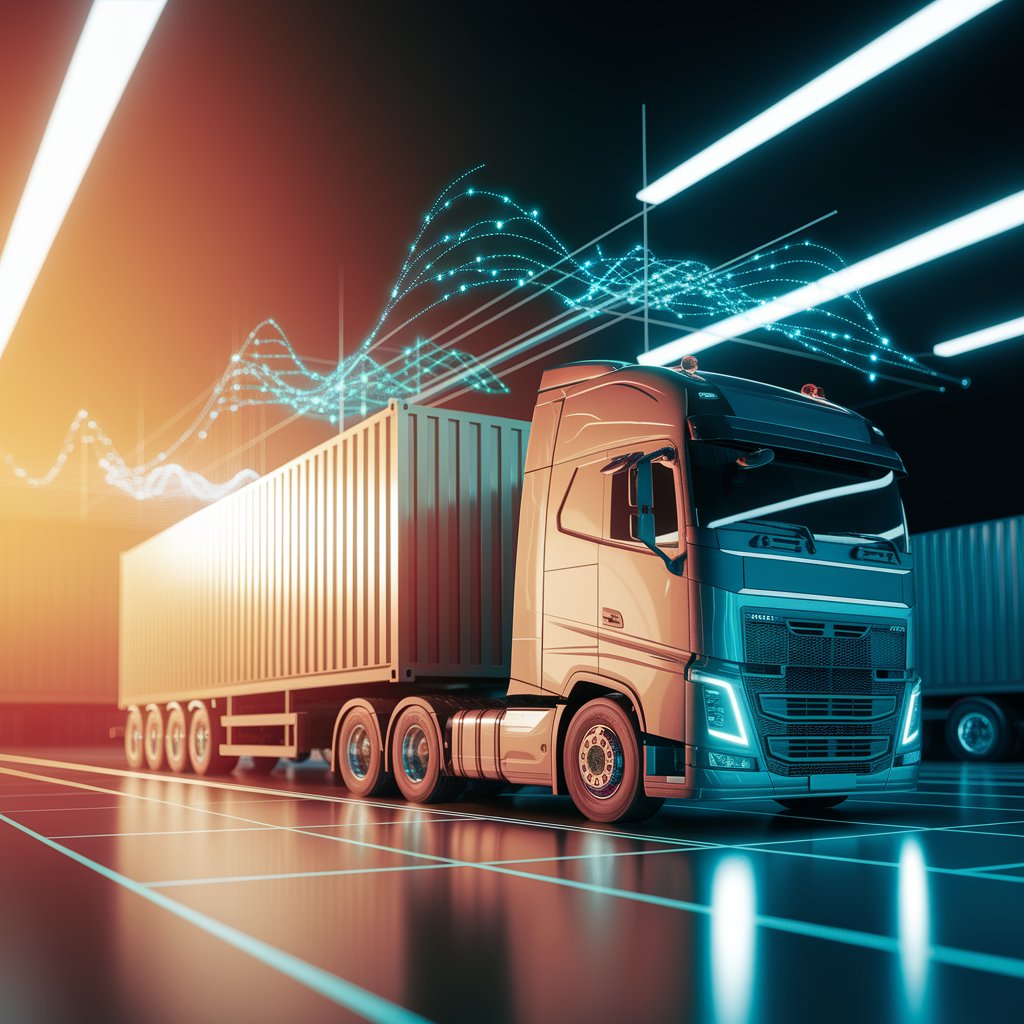Digital Load Optimization: Maximizing Efficiency in Freight Management

Introduction
Digital load optimization provides a smarter approach. By applying AI, automation, and advanced algorithms, logistics providers can maximize load capacity, reduce operational waste, and improve delivery performance.
What Is Digital Load Optimization?
Digital load optimization is the use of technology-driven platforms to design and manage the most efficient freight loads. It considers multiple factors—cargo size, weight, routing, carrier capacity, and delivery deadlines—to build optimal loading plans.
Unlike manual planning, digital tools adapt in real time, improving both asset utilization and customer satisfaction.

Key Features of Digital Load Optimization
- Automated Load Planning: AI creates optimized container and truck loads.
- 3D Visualization: Digital simulations of loading arrangements.
- Real-Time Adjustments: Dynamic optimization based on last-minute changes.
- Cost Modeling: Balance between cost savings and service levels.
- Sustainability Tools: Reduce empty miles and emissions.
Benefits for Logistics Providers
- Cost Reduction: Lower fuel and transport costs by maximizing space.
- Efficiency: Minimize empty miles and reduce manual planning time.
- Scalability: Handle large shipment volumes without higher labor costs.
- Customer Satisfaction: Ensure faster and more reliable deliveries.
- Sustainability: Support eco-friendly operations through smarter capacity use.

Real-World Applications
- Freight Forwarders: Optimize container loads for global shipments.
- Carriers: Improve fleet efficiency with better truck utilization.
- 3PL Providers: Offer clients optimized shipping solutions with real-time dashboards.
- Retail and E-commerce: Manage complex multi-stop deliveries efficiently.
- Cold Chain Logistics: Ensure sensitive goods are loaded to preserve conditions.
The Future of Digital Load Optimization
The future of digital load optimization will integrate with IoT, AI, and digital twins. IoT devices will monitor cargo conditions in real time, AI will continuously improve loading strategies, and digital twins will simulate full logistics networks to test different load plans. This will lead to self-optimizing logistics systems where loads adapt automatically to changes in demand and capacity.

Conclusion
Digital load optimization is transforming freight management by maximizing efficiency, reducing costs, and supporting sustainability. From automated load planning to real-time adjustments, it enables logistics providers to operate smarter and more competitively. For companies aiming to thrive in modern supply chains, digital optimization is not just an advantage—it’s the cornerstone of future-ready logistics.
